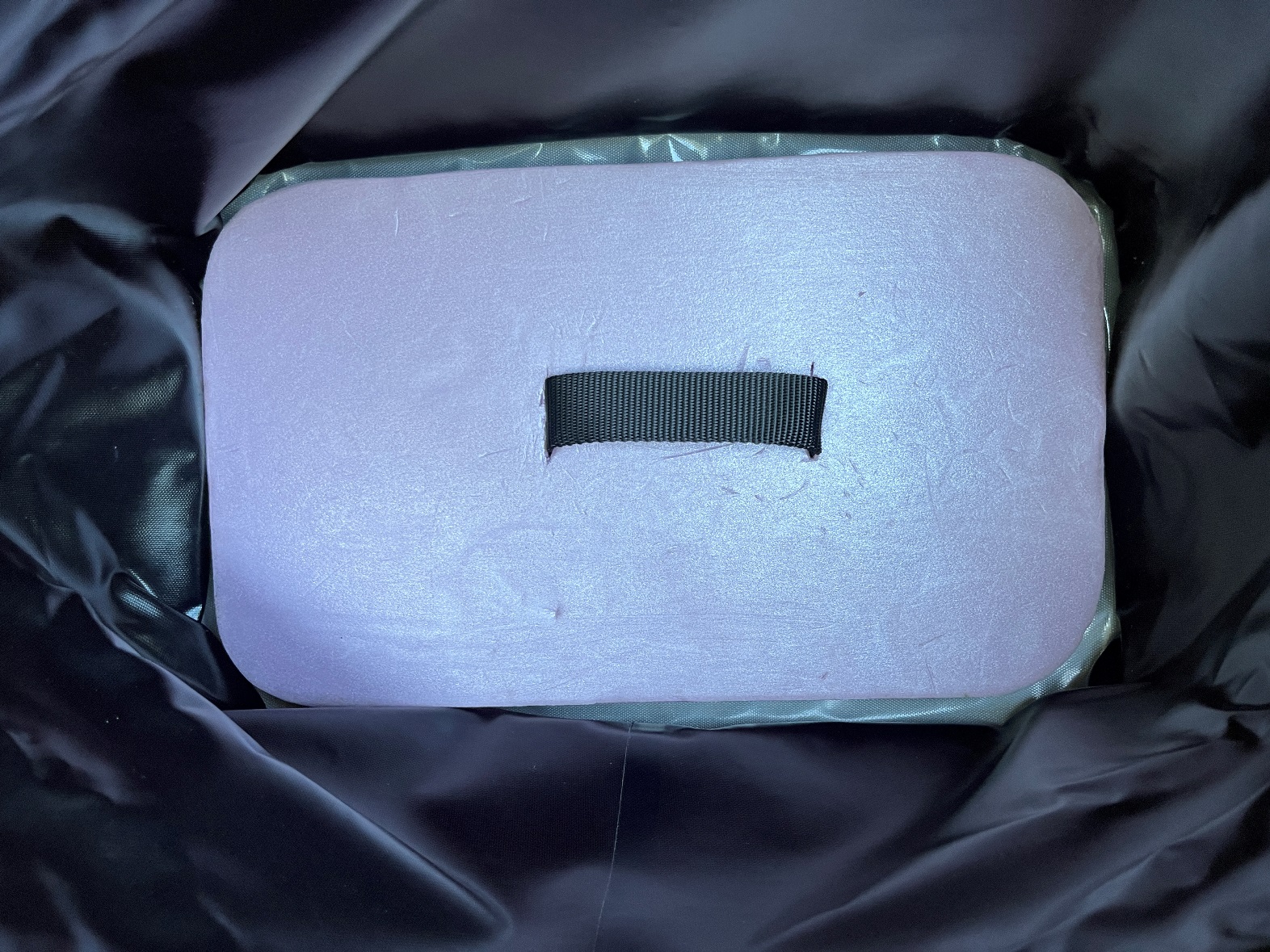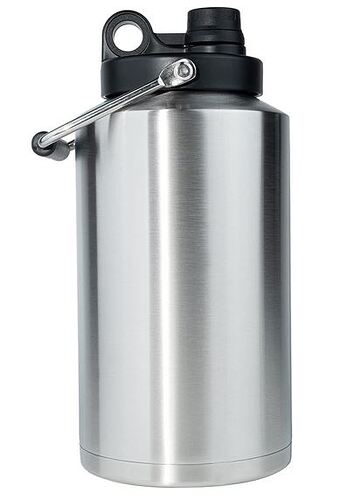I had an IceMule Pro which is convenient because it rolls up for storage, but I wasn’t confident of getting more than 2 days from it. It’s great for a day at the beach, but I was looking for something that could go longer.
I read a bunch of reviews and don’t remember everything on my short list, but it did include the Yeti Hopper M20 (and M30), the 30 can backpack cooler from RTIC, the IceMule Boss, and the Engel BP25. Yeti’s coolers got pulled off the market because of difficulties using their extremely strong magnetic closure. Reviews of the RTIC indicated it didn’t hold ice as long as the IceMule Pro, while the IceMule Boss held ice considerably longer. So I went to REI to look at/buy the IceMule Boss, but it was too big & bulky and I had no use for the pockets and doo-dads. If I had bought it, I would have cut the pockets off straight away to reduce some of the bulk.
That brings me to the Engel, which I bought but don’t necessarily recommend. It was relatively new on the market and I wasn’t able to find any ice retention tests that compared the Engel with others, but Engel’s other soft coolers have a reputation for excellent performance, especially the HD30. So I took a gamble. When I received it, I realized the top was totally uninsulated! It’s basically an insulated box with no lid, with a single layer of uninsulated PVC on top when closed up. In contrast, the roll-top closure combined with supplemental air inflation on the IceMule coolers provides insulation right up to where the material folds over on itself. Fearing the worst, I threw two 5 lb. ice bags in the Engel and closed it up. I went to check it 30 min later and the top was cold and covered in drops of condensation. Uh oh. So I made a lid for it out of R-5 foam insulation board, with Gorilla tape to help it seal:
The bottom layer of the lid fits snugly into the foam box, occupying 1 inch of interior height, so there is a small loss of capacity. The top layer of the lid, despite being 1 inch thick and sitting on top of the foam box, does not interfere with the roll-top closure, which makes it curious why Engel didn’t provide a lid. With my lid in place, the top is now better insulated than the sides.
I like that it’s very light and doesn’t have excess bulk. The backpack harness is pretty minimal, which is good for saving space but will be less comfortable after an hour or two. And it’s a small fit for big guys. It did keep our food for 5 days, with one frozen water bottle swap mid-way. So I guess it’s a success, but I wouldn’t recommend it without modification.




